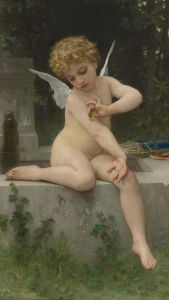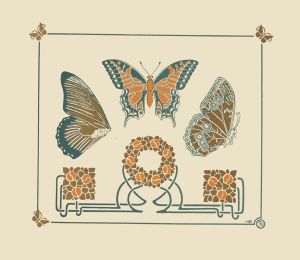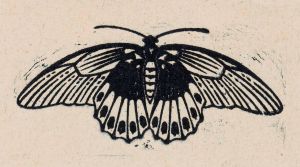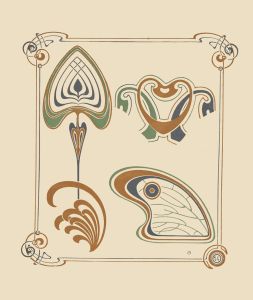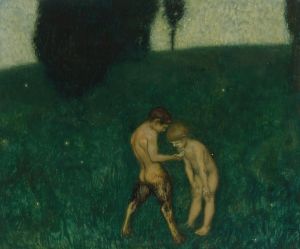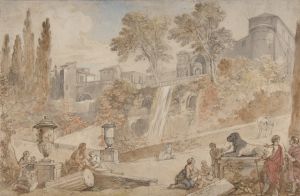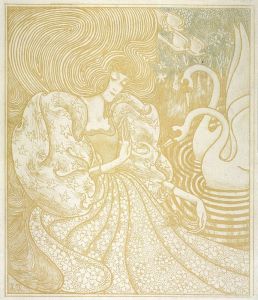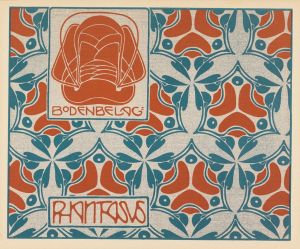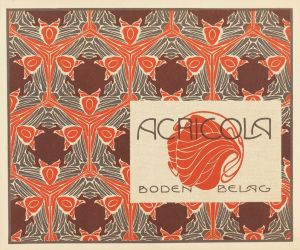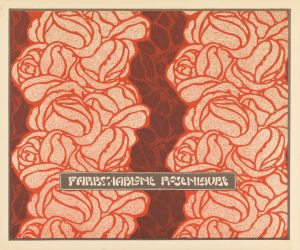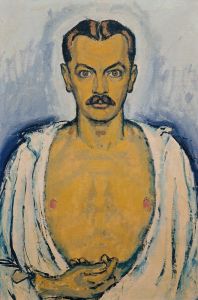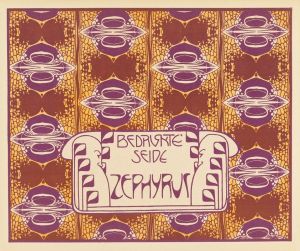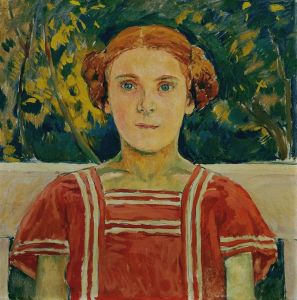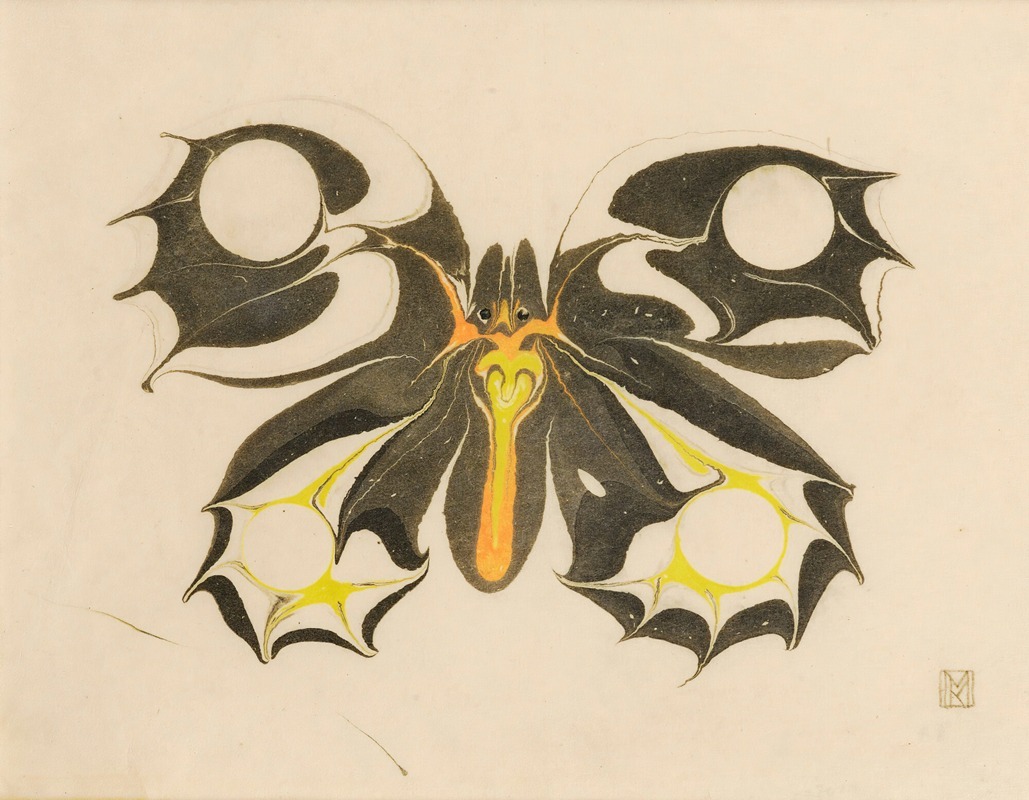
Butterfly
A hand-painted replica of Koloman Moser’s masterpiece Butterfly, meticulously crafted by professional artists to capture the true essence of the original. Each piece is created with museum-quality canvas and rare mineral pigments, carefully painted by experienced artists with delicate brushstrokes and rich, layered colors to perfectly recreate the texture of the original artwork. Unlike machine-printed reproductions, this hand-painted version brings the painting to life, infused with the artist’s emotions and skill in every stroke. Whether for personal collection or home decoration, it instantly elevates the artistic atmosphere of any space.
Koloman Moser (1868-1918) was an influential Austrian artist and designer, known for his significant contributions to the Vienna Secession movement and the Wiener Werkstätte. One of his notable works is "Butterfly," a painting that exemplifies his unique style and artistic vision.
"Butterfly" by Koloman Moser is a striking example of his work that blends elements of Art Nouveau with his own distinctive approach. Moser was a master of integrating decorative arts with fine arts, and this painting showcases his ability to harmonize intricate patterns with bold, stylized forms. The painting features a large, vividly colored butterfly, rendered with meticulous attention to detail. The butterfly's wings are adorned with elaborate patterns and vibrant hues, which are characteristic of Moser's fascination with nature and his skill in creating visually captivating compositions.
Moser's "Butterfly" is not just a representation of the insect but also a reflection of the broader artistic trends of his time. The Vienna Secession, of which Moser was a founding member, sought to break away from traditional academic art and embrace new, modern styles. This movement emphasized the importance of individual artistic expression and the integration of art into everyday life. Moser's work, including "Butterfly," embodies these principles through its innovative design and decorative qualities.
The painting also highlights Moser's expertise in various artistic disciplines. In addition to painting, he was a prolific designer of furniture, textiles, and graphic art. His versatility and interdisciplinary approach are evident in the detailed, almost textile-like patterns on the butterfly's wings. This cross-pollination of different art forms was a hallmark of Moser's career and contributed to his lasting influence on the decorative arts.
Koloman Moser's "Butterfly" is a testament to his artistic talent and his role in the development of modern art in Austria. The painting captures the essence of the Art Nouveau movement, with its emphasis on organic forms and intricate designs. Moser's ability to blend beauty with functionality is evident in this work, making it a significant piece in the history of decorative arts.
Throughout his career, Moser collaborated with other prominent artists and designers, including Gustav Klimt and Josef Hoffmann. These collaborations were instrumental in the formation of the Wiener Werkstätte, a collective that aimed to produce high-quality, handcrafted objects that combined aesthetic beauty with practical use. Moser's contributions to this collective further cemented his reputation as a leading figure in the world of art and design.
In summary, "Butterfly" by Koloman Moser is a remarkable example of his artistic prowess and his contributions to the Vienna Secession and the Wiener Werkstätte. The painting's intricate patterns, vibrant colors, and harmonious composition reflect Moser's innovative approach to art and design. Through works like "Butterfly," Moser left an indelible mark on the decorative arts, influencing generations of artists and designers to come.





